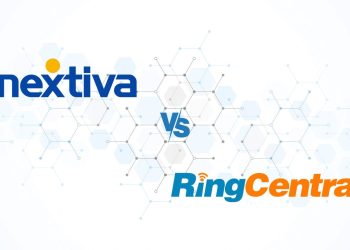Many organizations, especially those with large workloads, have increasingly turned to cloud computing. Gartner predicts that by 2026, about 75% of organizations will adopt the cloud as their fundamental infrastructure due to its flexibility, scalability, potential cost savings, and ability to support innovation and business growth.
Although several computing models exist, hybrid cloud and multicloud are the most sought-after, sharing a 39% and 33% adoption rate, respectively. While both models share similarities, this TechRepublic Premium article, written by Franklin Okeke, aims to look at their unique offerings, challenges and best practices.
Featured text from the download:
CHALLENGES OF HYBRID CLOUD
A hybrid cloud environment can bring great benefits to organizations, including increased control over sensitive data and cost optimization, but it still falls short in some areas:
Network topology issues
Mapping network topology properly is critical for hybrid cloud due to the separation of virtual and physical components. The design is often subject to factors such as security, latency, bandwidth needs, managing public/private clouds, branch locations and application requirements.
While cloud providers offer hybrid networking solutions like AWS Direct Connect and Cisco Networking, companies still need to ensure their network developers understand application scalability needs and how that impacts the overall infrastructure.
Boost your cloud knowledge with our in-depth 11-page PDF. This is available for download at just $9. Alternatively, enjoy complimentary access with a Premium annual subscription. Click here to find out more.
TIME SAVED: Crafting this content required 20 hours of dedicated writing, editing and research.










Be First to Comment